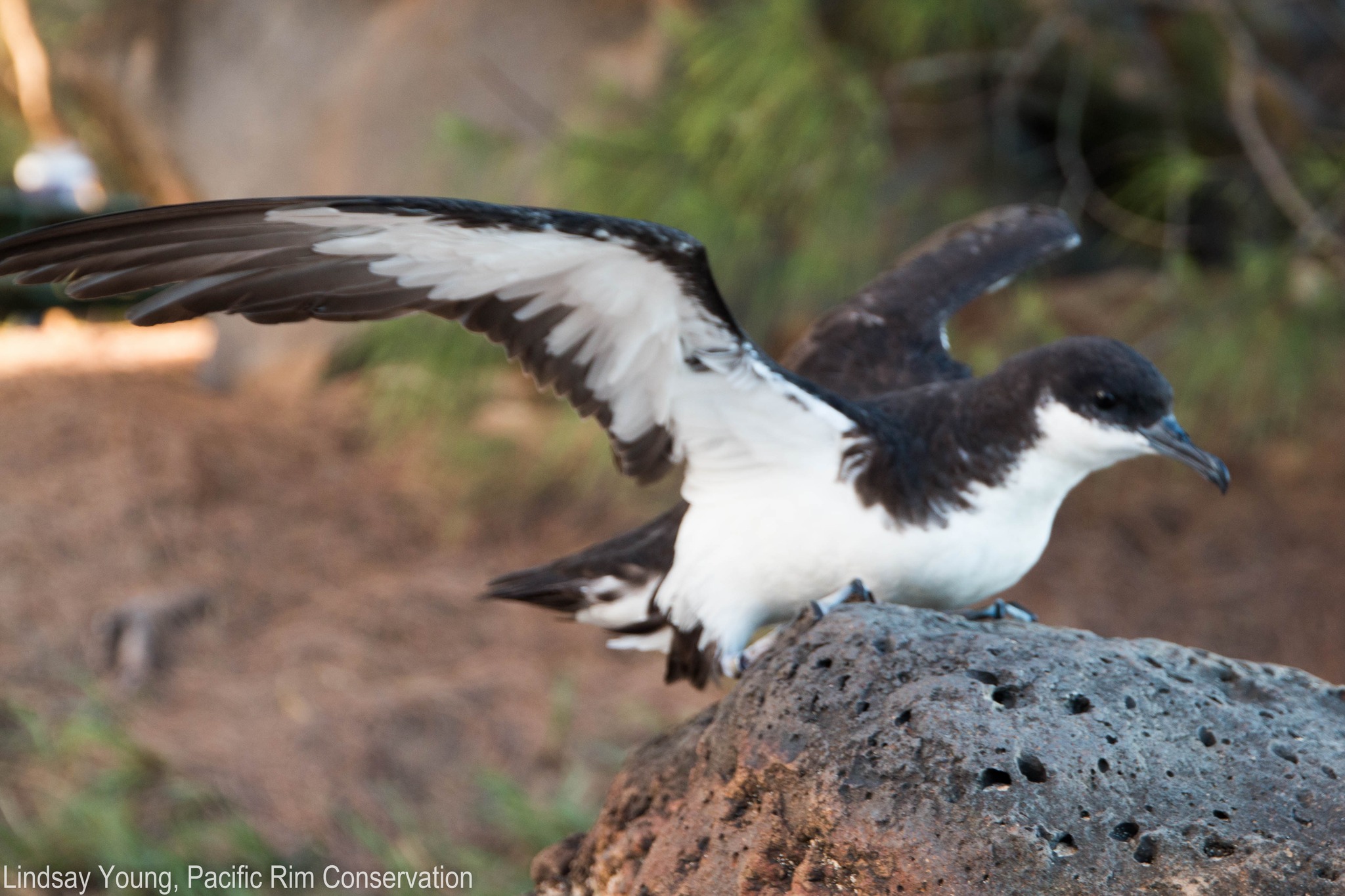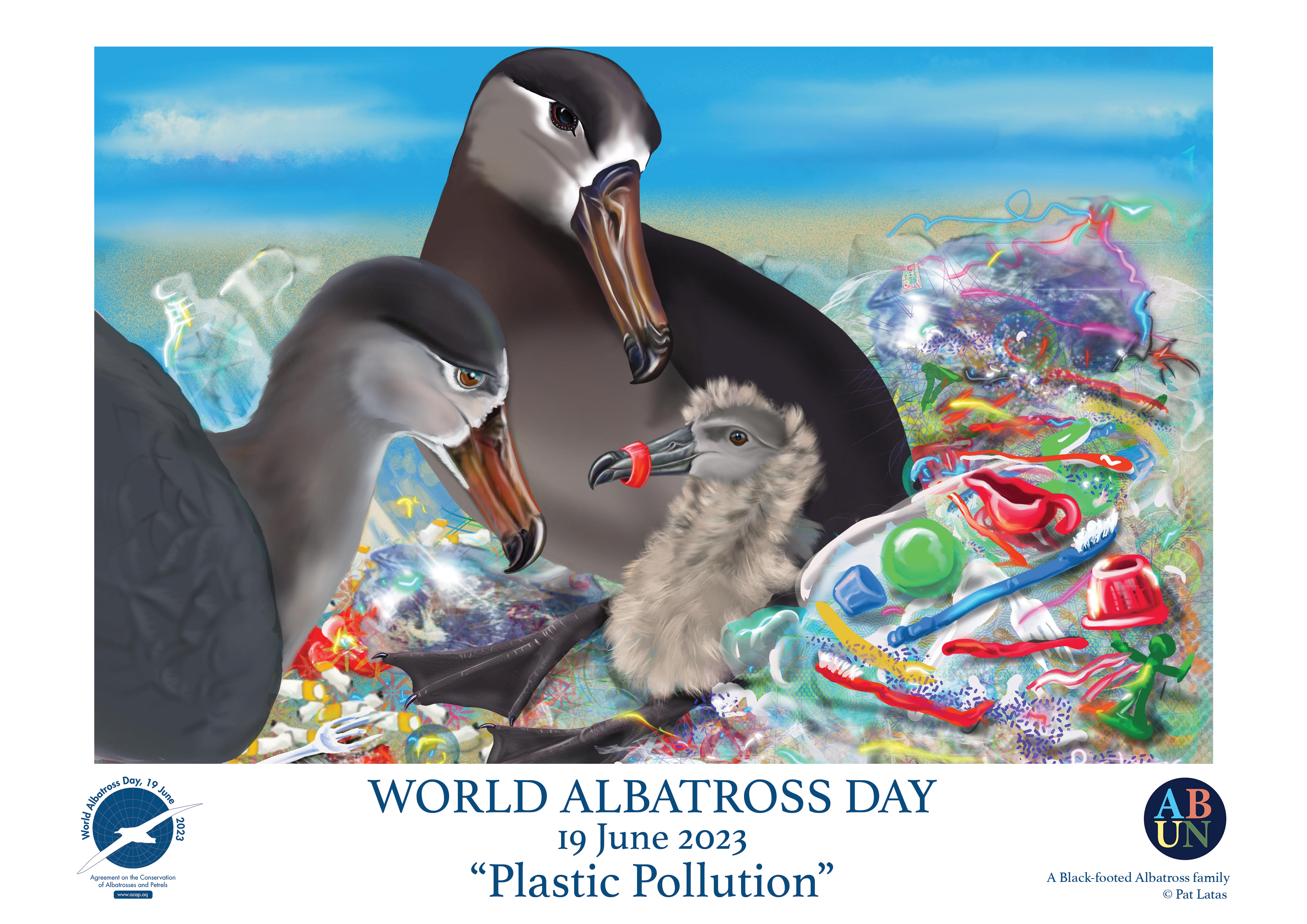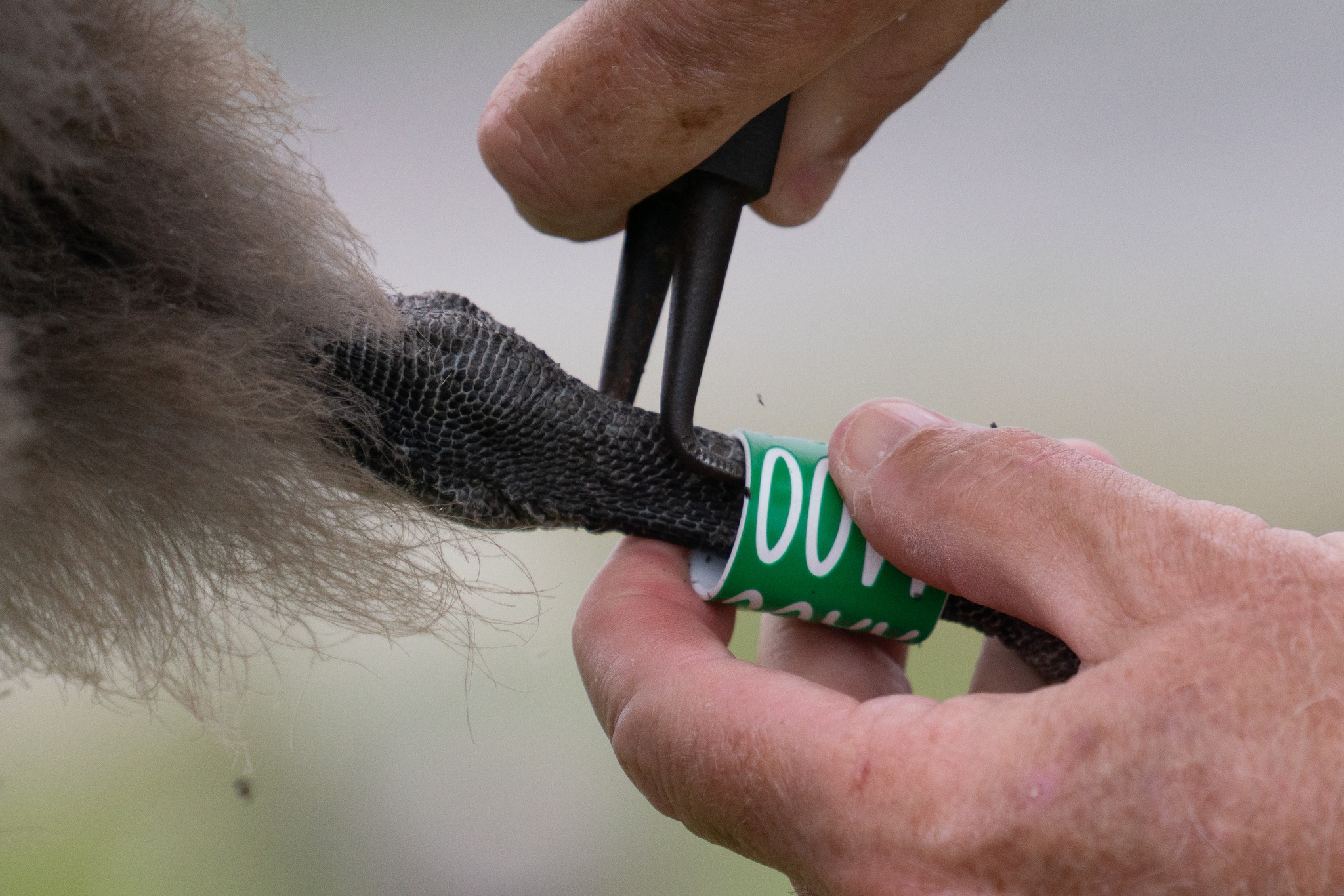
First proposed in 1992 as World Ocean Day, it was officially recognized by the United Nations in 2008 as World Oceans Day hosted by the UN’s Division for Ocean Affairs and the Law of the Sea of the Office of Legal Affairs. Its theme for 8 June 2023 is “Planet Ocean: tides are changing”.
“The ocean covers over 70% of the planet. It is our life source, supporting humanity’s sustenance and that of every other organism on earth. The ocean produces at least 50% of the planet’s oxygen, it is home to most of earth’s biodiversity, and is the main source of protein for more than a billion people around the world. Not to mention, the ocean is key to our economy with an estimated 40 million people being employed by ocean-based industries by 2030. Even though all its benefits, the ocean is now in need of support. With 90% of big fish populations depleted, and 50% of coral reefs destroyed, we are taking more from the ocean than can be replenished. We need to work together to create a new balance with the ocean that no longer depletes its bounty but instead restores its vibrancy and brings it new life. The UN is joining forces with decision-makers, indigenous leaders, scientists, private sector executives, civil society, celebrities, and youth activist[s] to put the ocean first.”
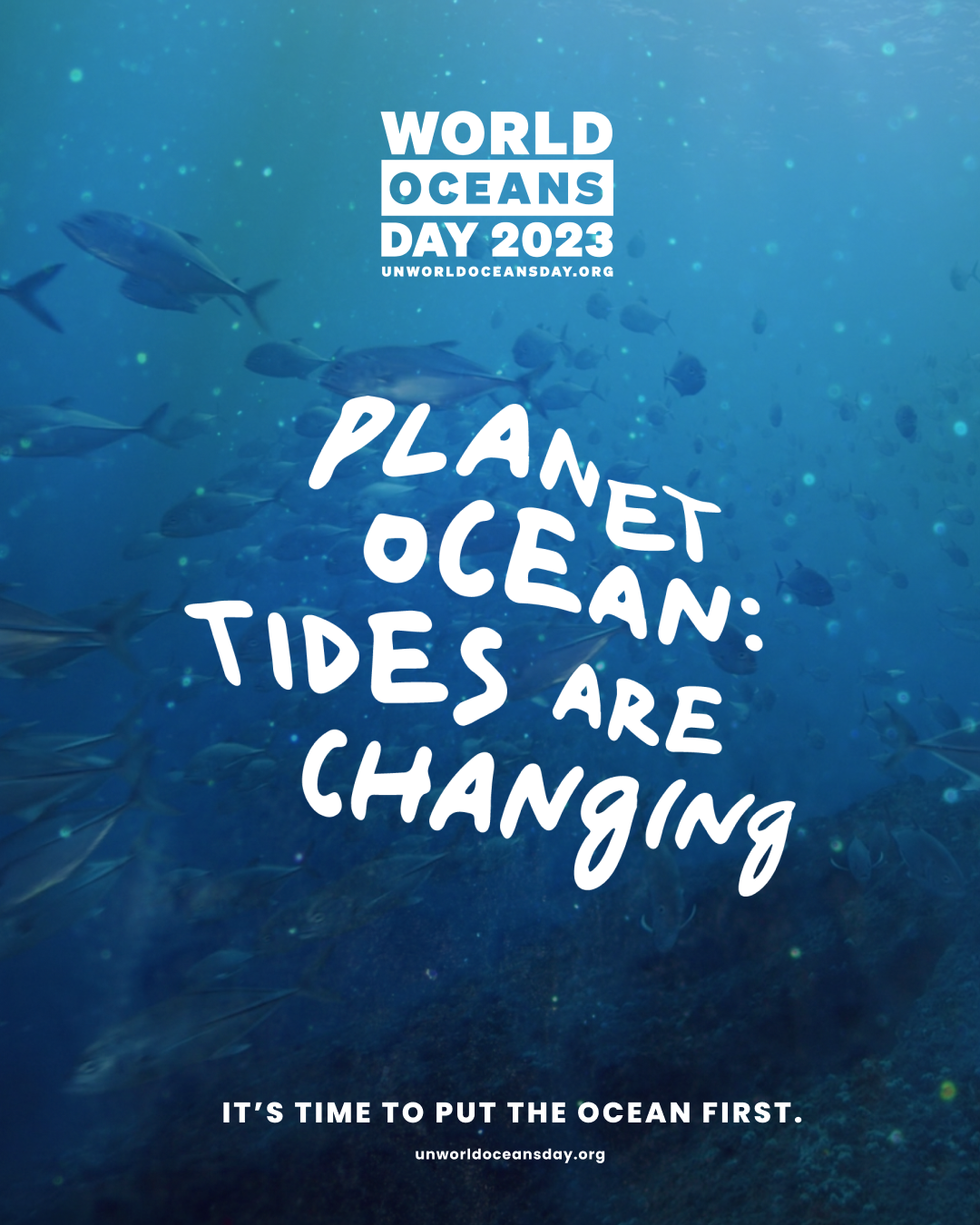
World Ocean Day (without the ‘s’) is centered around activities by and for youth. In 2022 over 10 000 organizations and businesses organized over 50 000 events in 140 countries. Its website states that “World Ocean Day rallies the world for ocean and climate action on 8 June and throughout the year. We work in partnership with youth leaders, zoos, aquariums, museums, and other youth-focused organizations, as well as a huge range of diverse organizations and businesses from all sectors in a growing global network. Together, we effectively engage the public, inform policymakers, and unite the world to protect and restore our shared ocean and create a stable climate. Join the growing global movement in June and continue to grow the engagement and action year-round!”
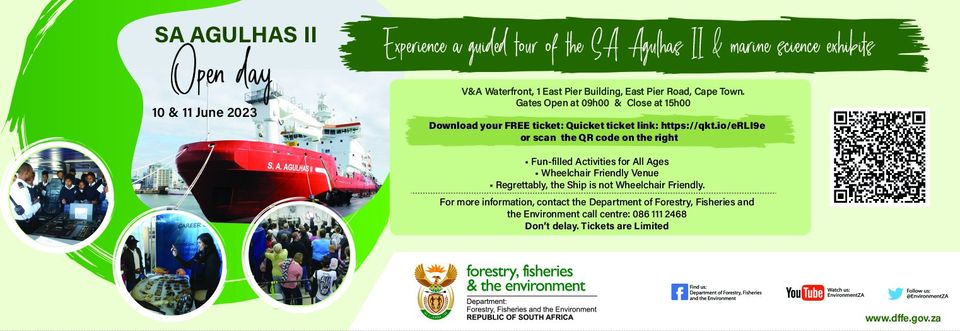
In South Africa, a Party to the Albatross and Petrel Agreement, an Open Day for school children is being held today on World Oceans Day (and tomorrow) on its Antarctic research and supply vessel, the S.A. Agulhas II in Cape Town’s harbour, with 1000 learners expected. The South African Minister of Forestry, Fisheries and the Environment, Ms Barbara Creecy will be leading the World Oceans Day 2023 commemoration aboard the ship (click here).
Over the weekend the ship will be open to some 4000 members of the general public. Among the exhibits being held is one from the Mouse-Free Marion Project, that aims to rid Marion Island of its introduced House Mice that have taken to killing seabirds, including ACAP-listed albatrosses. ACAP’s Emeritus Information Officer will be on site helping to man the display and interacting with the youth that attend.
John Cooper, Emeritus Information Officer, Agreement on the Conservation of Albatrosses and Petrels, 08 June 2023

 English
English  Français
Français  Español
Español 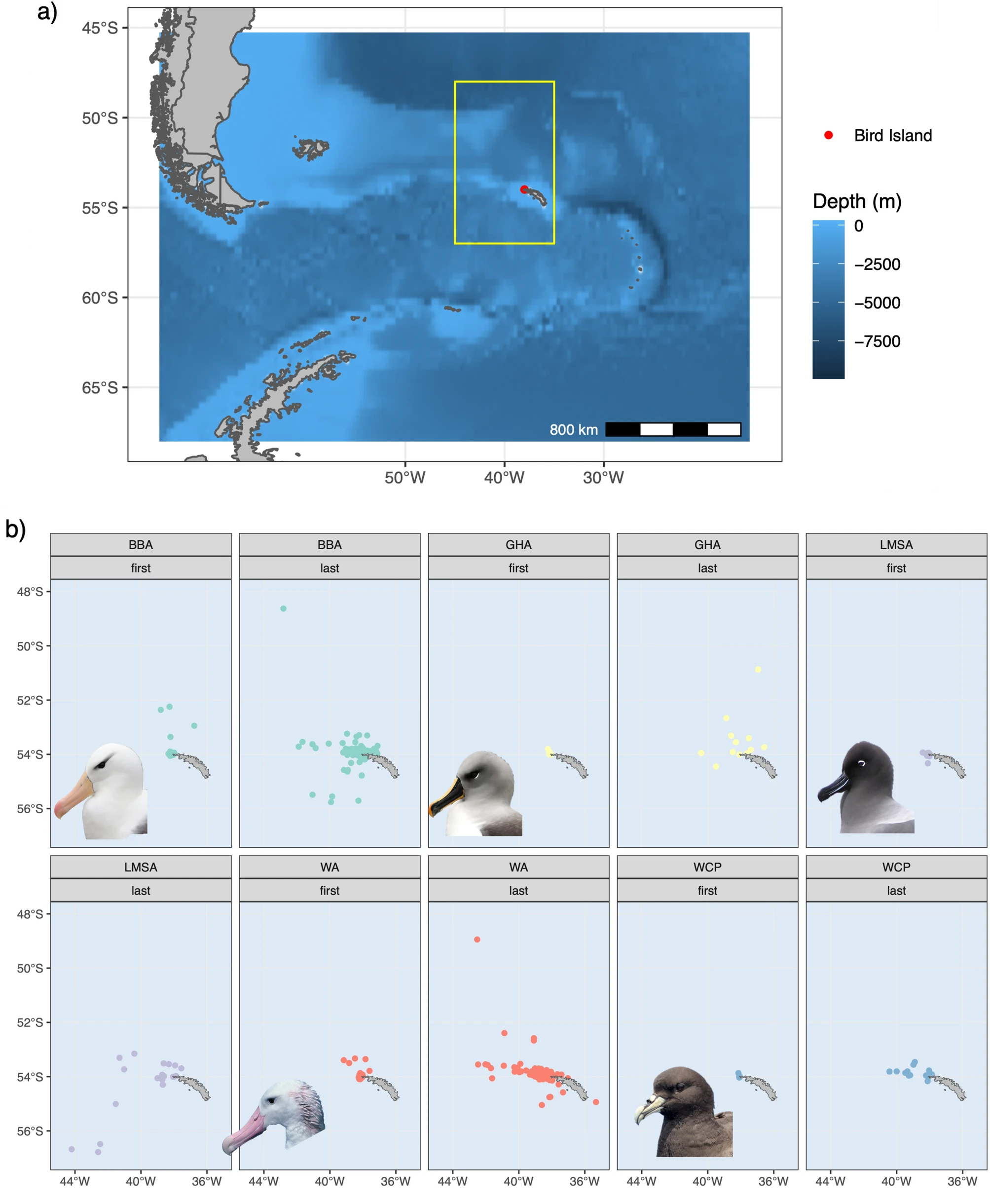 Figure 1 as described in the paper: a Location of the study site: Bird Island, South Georgia. The yellow rectangle shows the location and extent of plots shown in the lower panes. b Location of first and last landings (wet bouts) during the foraging trips of seabirds tracked between 2008 and 2019 during the incubation (‘INC’), brood-guard (‘BR’) and post-guard (‘PB’) breeding stages. BBA black-browed albatross (Thalassarche melanophris), GHA grey-headed albatross (Thalassarche chrysostoma), LMA light-mantled albatross (Phoebetria palpebrata), WA wandering albatross (Diomedea exulans) and WCP white-chinned petrel (Procellaria aequinoctialis)
Figure 1 as described in the paper: a Location of the study site: Bird Island, South Georgia. The yellow rectangle shows the location and extent of plots shown in the lower panes. b Location of first and last landings (wet bouts) during the foraging trips of seabirds tracked between 2008 and 2019 during the incubation (‘INC’), brood-guard (‘BR’) and post-guard (‘PB’) breeding stages. BBA black-browed albatross (Thalassarche melanophris), GHA grey-headed albatross (Thalassarche chrysostoma), LMA light-mantled albatross (Phoebetria palpebrata), WA wandering albatross (Diomedea exulans) and WCP white-chinned petrel (Procellaria aequinoctialis)